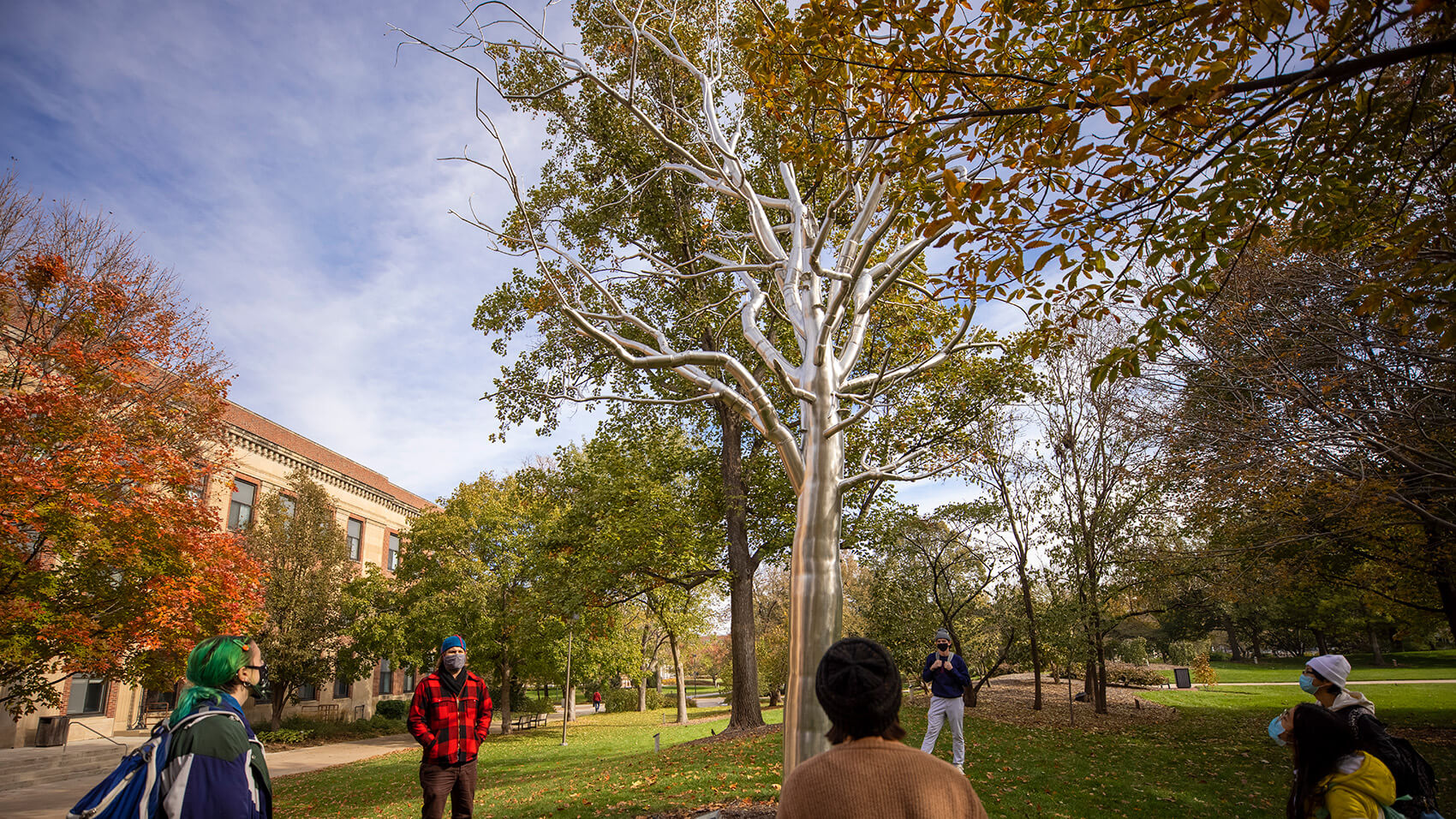This CTT resource introduces faculty to A.I. and provides information about common questions around policies and adapting instruction. We encourage faculty at UNL to contact us at ctt@unl.edu if they would like to explore the capabilities of ChatGPT4 or other AIs without creating accounts.
Updates
Academic integrity section added to resource
The impact of AI on any specific course depends on the course’s level, assessment types, and topics covered. Learn more about this in the Academic Integrity section of this resource.
Long-form prompts for learning from Mollick & Mollick
Ethan Mollick and Lilach Mollick have created a collection of prompts that can aid instructors and students. These are extensive prompts worth reading to better understand the capacity of AI to perform more sophisticated work, as well as the knowledge and expertise needed to create such a prompt.
AI and Information Literacy Canvas module available to UNL instructors
A new module, “AI and Information Literacy” is now available in the Canvas Commons. This module is written for students to help them learn about AI tools such as ChatGPT, Bing AI, and DALL-E and strategies for evaluating and citing the outputs created by them. Insert this module into your course and use it as-is or modify it to suit your teaching and learning goals and course policies. Content includes short videos, reading, completing short quizzes, and activities.
Once completed, students will be able to evaluate how to use AI-based tools responsibly in their academic work. Learning outcomes include:
- Explain generally how AI-based tools work as well as their benefits and risks
- Recognize when AI gives inaccurate or misleading answers, and fact-check AI output
- Cite AI-generated work
- Begin exploring creative ways to use these tools
This CC-licensed module was adapted by the UNL Libraries and the CTT and originally created by the University of Maryland.
To add the module to your course, search the Commons for “AI and information literacy” and select “Import/Download”.
Questions?
Contact Melissa Gomis (melissa.gomis@unl.edu) or an instructional designer assigned to your college.
UNO Launches Prompt Book for Faculty and Staff
These prompts for teaching and learning were created by Cassie Mallette and made available to other University of Nebraska campuses and the public grhough UNO's Canvas LMS.
Proposals sought for OpenAI Impact Program
In collaboration with OpenAI, UNL is granting access to the enterprise version of ChatGPT for up to 200 users (at no cost to the user), allowing for innovative uses of ChatGPT in the classroom and across the campus.

Learning Communities
4/25: Teaching with AI Skillshare
Final session of Spring 2025
Final session of the spring term features Adam Wagler who will show us some of the AI available to students through Adobe Creative Suite; Samantha Fairclough, who teaches her students how to use AI for ideation, to interrogate business ideas, to learn more about customers using AI personas, and to improve their own knowledge and preparation by using AI as in interviewer; and, Matt Waite who's been using local llms to help fix terrible things humans do with typing, and in his AI and Journalism class, disabusing students of notions that having an LLM makes them experts in anything. Email Sydney at sbrown3@unl.edu if you'd like to join this session on Friday, April 25, and are not currently on the calendar list.
Developing Course Policies
- Three types of policies and several examples
- Miron et al. (2023). Supporting Academic Integrity: Ethical Uses of Artificial Intelligence in Higher Education Information Sheet (PDF). This resource provides guidance on how to communicate assessment expectations to students and what aspects should be considered when "cognitive offloading tools" are employed or available.
Specific Examples of using A.I. as part of teaching
- Hendriksen, C. (2023). ChatGPT and Bing: A practical guide for social science and management studies. Google Docs.
- Nirantzi et al. (2023) 100+ Creative Ideas to use AI in Education. Creative Commons. Each slide in this presentation gives an example of how instructors or students are using AI to teach and learn.
- Alby, C. (n.d)ChatGPT: Understanding the new landscape and short-term solutions.Google Docs. This resource uses "problem/suggestions" format that may help address many initial questions.
D’Agostino, S. (2023, January 12). ChatGPT Advice Academics Can Use Now. Inside Higher Ed.
A more extensive article in which 11 academics propose ideas for “harnessing the potential and averting the risks” of AI technology in the classroom.
Mills, A. (n.d.). AI Text Generators: Sources to Stimulate Discussion among Teachers. Google Docs.
A large collection of resources and articles sorted into several categories among which are “Sample Academic Integrity Statements about Text Generators” and “Student Perspectives and Marketing to Students” along with “Understanding AI Text Generators/Large Language Models.”
